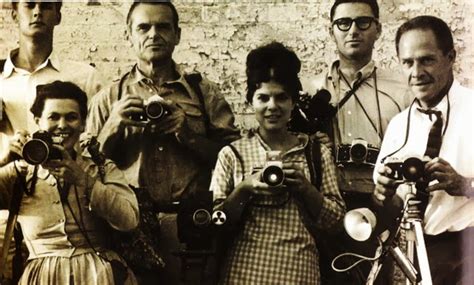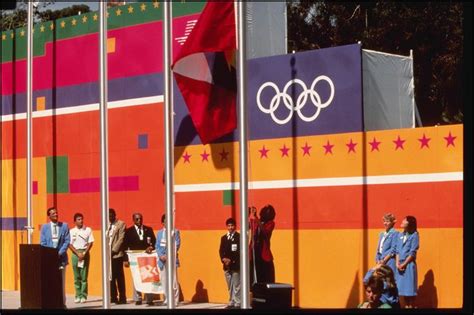
Deborah Sussman was a pioneer in Environmental Graphic Design. Her work combined graphics and the built environment, and she collaborated with planners, architects, designers, and artists. She was inspired by communities and cultures, and her designs were colorful and innovative. Her contributions to the field have earned her international acclaim and continue to influence designers today.
The beginnings of Deborah Sussman

Deborah Sussman was born in Brooklyn on May 26, 1931 to immigrant parents from Warsaw and Belarus, her father was a successful salesman and her mother was a linguist. Both influenced her interest in the arts. She began her artistic career at the Arts Students League of New York. There she edited and drew illustrations for the school’s arts magazine. In the summer of 1948 she attended Black Mountain College Summer School , where she studied and worked with musician John Cage, painter Frans Kline, and dancer Merce Cunningham among others. She continued studying at Bard College in New York and ended up graduating in Graphic Design at the Chicago’s Institute of Design, a school founded by László Moholy-Nagy , a professor at the Bauhaus.
Her work at Eames

In 1953 he began working in the study of Charles and Ray Eames: Eameses , which had clients such as IBM, the Ford Foundation and the Government of India. She worked as an office designer, designing printed materials, museum exhibits or showrooms. She developed a multitude of multidisciplinary works combining architecture and industrial design. Here she nurtured her passion for the connection between graphics and built environment , collaborating hand-in-hand with world-renowned architects.

In 1957 she was awarded a Fullbright scholarship to study at the Hochschule für Gestaltung in Ulm (Germany).
After finishing her studies, Sussman embarked on a trip to Europe that led her to India and Mexico. During this journey, she immersed herself in the street life and Hindu and indigenous cultures of different countries, capturing them through photography. In 1961, she returned to the United States and began working for Eames, where she remained until 1968.
During her time with Eames, Sussman’s skillset expanded as she designed toys, packaging, magazines, posters, and showrooms. Her experiences working in Eames’ multidisciplinary environment honed her leadership abilities, enabling her to effectively manage teams and projects.

Her studio, the SP&Co
In 1968, she opened his own design office in Los Angeles. She shared the studio with Frank Gehry and Gere Kavanaugh and she called it Deborah Sussman & Co. There she met her future husband, the architect Paul Prejza. They were married in 1972 and in 1974 Paul went to work full time. In 1980 the firm was renamed Sussman/Prejza & Company (SP&Co).
Over the course of more than 40 years, the team at SP&Co completed over 340 notable projects, building a diverse portfolio of clients across major cities in the United States, Europe, and Asia. They collaborated with renowned architectural firms including Frank Gehry, Philip Johnson, Foster Partners, GGN, Olin, MRY, Barton Myers, and SOM.
However, it was in 1984 that SP&Co’s most remarkable work was done. They were tasked with developing the design for the Los Angeles ’84 Olympic Games, and their design was widely considered a turning point in Olympic history, influencing subsequent editions of the games.
Los Angeles’84 Olympic Games

The Los Angeles Olympic Games of a previous edition were not fully supported by the government and had a significantly lower budget. As a result, the architects in charge of the design, Jon Jerde and David Meckel, decided to creatively transform existing and built locations by adding a variety of ephemeral structures. This approach led to the creation of 130 different and scattered locations, which ultimately came together to form a cohesive Olympic community with a festival-like atmosphere.

For this they needed someone who mastered the architectural and design language. Before Sussman got involved, the design consisted of a red, white and blue logo on a star. Sussman considered that inappropriate for giving a nationalist vision of the United States and they developed a new logo. They decided that this should express the culture of Los Angeles and Southern California. They combined the traditional elements of the US flag with new colors representative of the cultures of the city. Architect Jon Jerde called it “Holiday Federalism.” In total, 150 designs were created to build the visual language for the Olympic Games.

It was awarded by Time magazine for the “Best Design of the Decade” thanks to the design that surprised by its color, size and cultural references.
Her last works
Deborah Sussman continued to work in her studio after the celebrated design of Los Angeles 84. This gave her the opportunity to work on multiple projects including the Los Angeles subway sign, the W Hollywood Hotel, the Berkeley and UCLA campuses as well as various American embassies.

She spearheaded the Eames Words project , a highly acclaimed exhibit at the A+D Museum in Los Angeles. In 1991 she was made a member of the Society for Experimental Graphic Design, in 2004 she was awarded an AIGA medal . In 2006 she won the SEGD Golden Arrow Award and in 2013 WUHO Gallery held the first retrospective of Deborah Sussman’s work, spanning her early days at Eames Studio until the 1984 Olympics.
Deborah Sussman died on August 20, 2014 at the age of 84.
